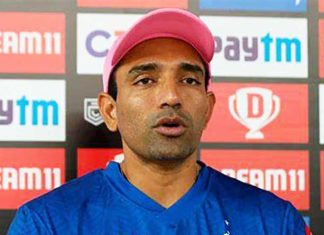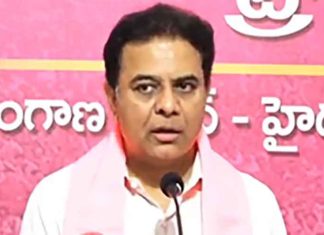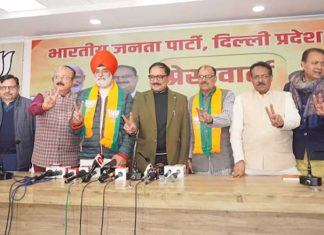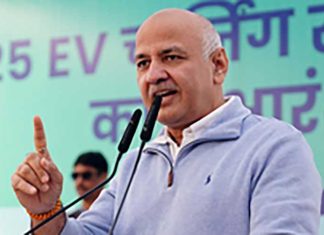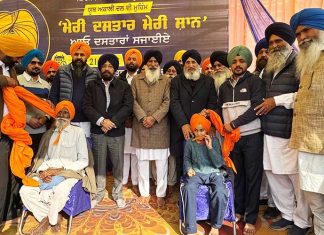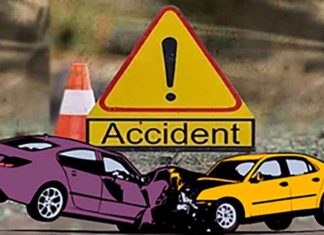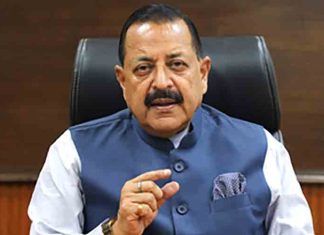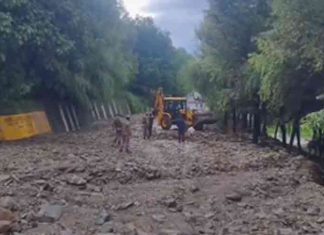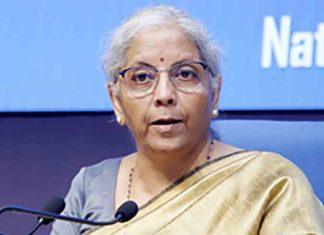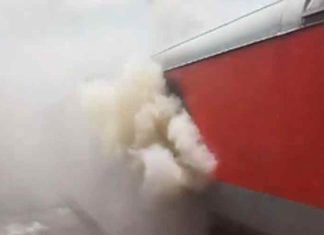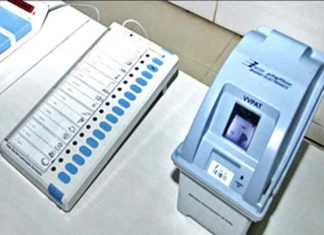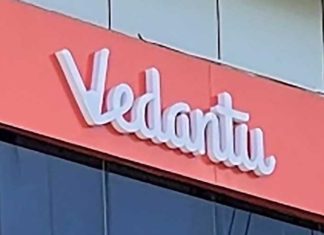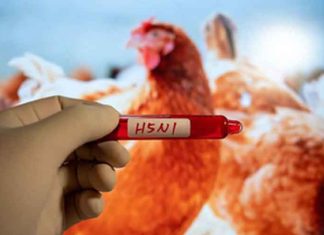New Delhi, July 24, 2024
Stringent policies to restrict vehicular pollution are imperative to tackle the problems of increasing urban air pollution — a major health concern — in the country, said Indian Institute of Technology (IIT) Bombay researchers in a study on Wednesday.
Emissions from motor vehicles are major contributors to urban air pollution in India.
The longer time vehicles spend on the roads leads to a large amount of fuel being burned, thus resulting in more pollution.
However, the polluting characteristics of all vehicles are not the same as some vehicles release disproportionately higher amounts of pollutants.
The study investigated factors determining the characteristics of high-emitting vehicles, also known as super-emitters.
“Until now, there has been no study in India that has examined the share of super-emitters in real-world vehicular fleets. The previous studies assumed their share based on literature from other countries or secondary data.
The motivation was to reduce uncertainty in the emission estimation from real-world vehicular fleets,” said Sohana Debbarma, a researcher who conducted the study.
The researchers explained that super-emitters were vehicles that were either old, poorly maintained, over-loaded heavy-duty vehicles or all of them.
They release significantly higher amounts of pollutants compared to other vehicles in the fleet.
According to the IIT-Bombay study, for light-duty vehicles (vehicles that weigh less than 3,500 kg such as cars, two-wheelers, three-wheelers, and light commercial goods vehicles), the age of the vehicles and the maintenance of the engine potentially determines whether the vehicle is a super-emitter.
In the case of heavy-duty vehicles (vehicles that weigh more than 3,500 kg, such as buses and trucks), the overloading condition, along with the age and maintenance of the vehicles, contribute to the disproportionately high pollutant emissions.
For the study, the team set up their pollutant-measuring equipment at the entry and exit of the Kamshet-I tunnel located on the Mumbai-Pune Expressway.
Along with exhaust emissions (resulting from incomplete combustion of fossil fuels), non-exhaust emissions (resulting from brake wear, tyre wear, road surface wear, and resuspension of road dust) were also collected.
The traffic data was collected using high-definition video cameras and the vehicle registration numbers data (collected manually).
The study collected data over two weeks.
The researchers identified super-emitters through manual inspection based on the video surveillance records of the traffic passing through the tunnel.
“Vehicles that emitted a visible plume of smoke or appeared to be overloaded were identified as super-emitters.
It was also validated using the information on the age of the vehicles and type of emission technology: Bharat Stages (BS) – II, III, and IV (the study was conducted in 2019 when there were no BS VI vehicles) and the type of fuel (petrol, diesel, and CNG),” the team said.(Agency)











